Don't hesitate to send a message
How does the power output of a Mountain Ebike Motor impact the overall riding experience?
The higher the power output of the Mountain Ebike Motor, the quicker the bike can accelerate, particularly when starting from a standstill or riding on flat terrain. A higher-wattage motor provides more torque, which translates to more force applied to the wheels, making it easier to achieve higher speeds with less effort. For riders looking to quickly gain speed on roads or trails, a more powerful motor can significantly enhance the experience. Riders will notice that the bike reaches cruising speeds more rapidly, requiring less pedaling force. For example, motors with 500W or 750W of power can accelerate faster than a 250W motor, especially in challenging environments where quick bursts of speed may be needed.
One of the most significant impacts of power output in Mountain Ebike Motors is on hill-climbing ability and off-road performance. Higher wattage motors deliver more torque, which is particularly beneficial when navigating steep inclines or rough, uneven terrain. A motor with higher power (e.g., 500W, 750W, or more) allows the rider to climb hills with less effort, maintaining a steady pace even on difficult grades. Riders will also notice less strain on their legs and less fatigue on longer or steeper climbs. On technical trails or rugged mountain paths, more power helps the bike maintain traction and momentum, reducing the likelihood of stalling or struggling up steep sections. For off-road enthusiasts, a more powerful motor ensures that they can tackle challenging terrain like loose gravel, sand, or rocky paths with greater ease.
While a higher power output motor generally provides better performance, it can also lead to increased energy consumption. This means that a bike with a more powerful motor may drain the battery faster, especially under heavy load conditions like climbing steep hills or riding at high speeds. However, the battery efficiency can be managed with smart riding techniques, such as using power assist modes, controlling throttle usage, or selecting lower power settings when the terrain allows. For longer rides, it's important to balance the motor's power output with the battery capacity to ensure a sufficient range. Some high-power motors offer adjustable power settings, allowing riders to switch between different modes depending on the terrain and their battery usage goals.
Power output also affects the overall handling and stability of the bike, especially when navigating challenging off-road terrain. A motor with more power provides the rider with better control and smoother transitions between terrain types. For example, a 500W or 750W motor will be more responsive when cornering or navigating bumpy or loose ground. However, too much power can also create challenges in terms of bike control. If the motor is too powerful for the rider's experience level, it can lead to an overly aggressive ride that may feel unstable, especially on technical descents or sharp turns. Riders should be aware that while high power output provides more freedom and capability on difficult trails, it also demands more skill to handle the increased speed and momentum.
A higher power output from the Mountain Ebike Motor reduces the physical effort required from the rider, especially on long rides or challenging climbs. For riders who want to enjoy the scenery or cover longer distances without tiring out, a more powerful motor provides significant relief. It helps maintain a consistent pace without the rider needing to exert as much energy, making it ideal for recreational riders, beginners, or those with less stamina. On the other hand, more experienced riders may prefer a motor with lower power output, allowing them to engage in more pedaling and increase the level of physical exercise, thus reducing their reliance on the motor.
Power output also affects the top speed of a Mountain Ebike. In many regions, there are legal restrictions on the maximum allowable motor power for electric bikes. For example, in many parts of Europe and North America, electric bikes are limited to 250W motors for road use, and motor power above this threshold may require additional permits or classifies the bike as a different vehicle (e.g., a motorcycle or a moped). Motors with higher power outputs, such as 500W or 750W, typically allow for higher top speeds, making them more suitable for off-road use or for riders who need to cover large distances at speed. However, the increased speed potential might come with regulatory implications, so riders should always be aware of local laws governing ebike motor power and speed.
-
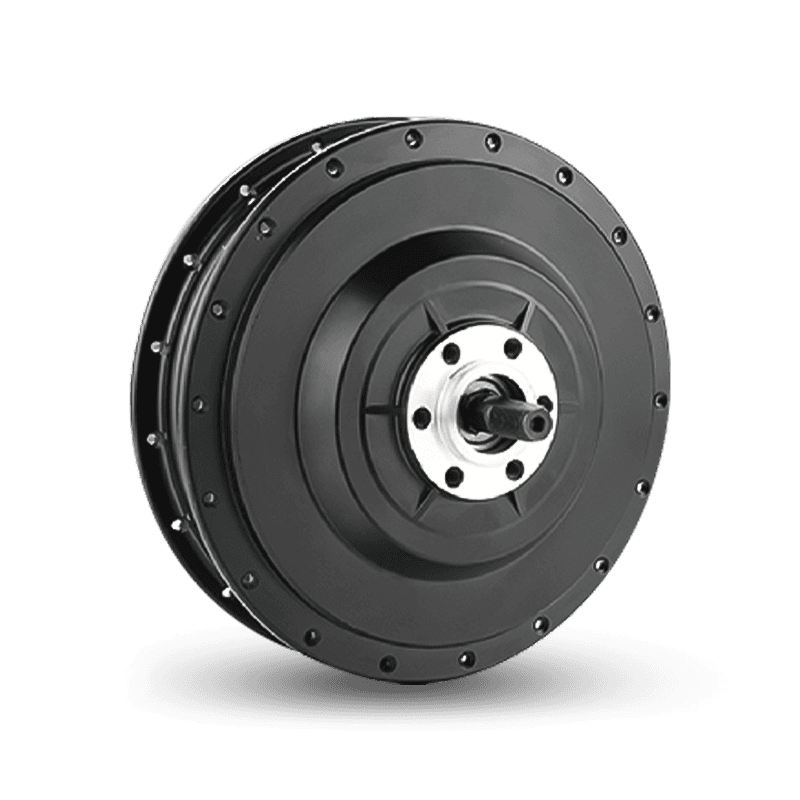 E-Type F500 Front Hub Motor
E-Type F500 Front Hub MotorThe E-Type F500 front hub motor is designed for E-Cargo and E-MTB bikes, offerin...
-
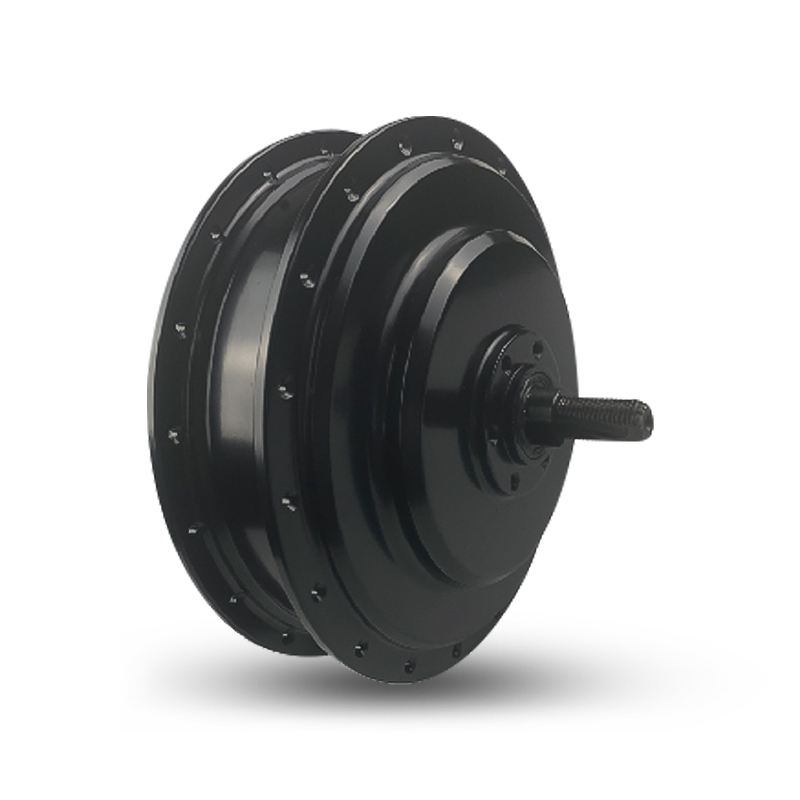 E-Type Pro RC750 Rear Hub Motor
E-Type Pro RC750 Rear Hub MotorThe E-Type Pro RC750 Rear Hub Motor is designed for E-Cargo and E-MTB bikes, com...
-
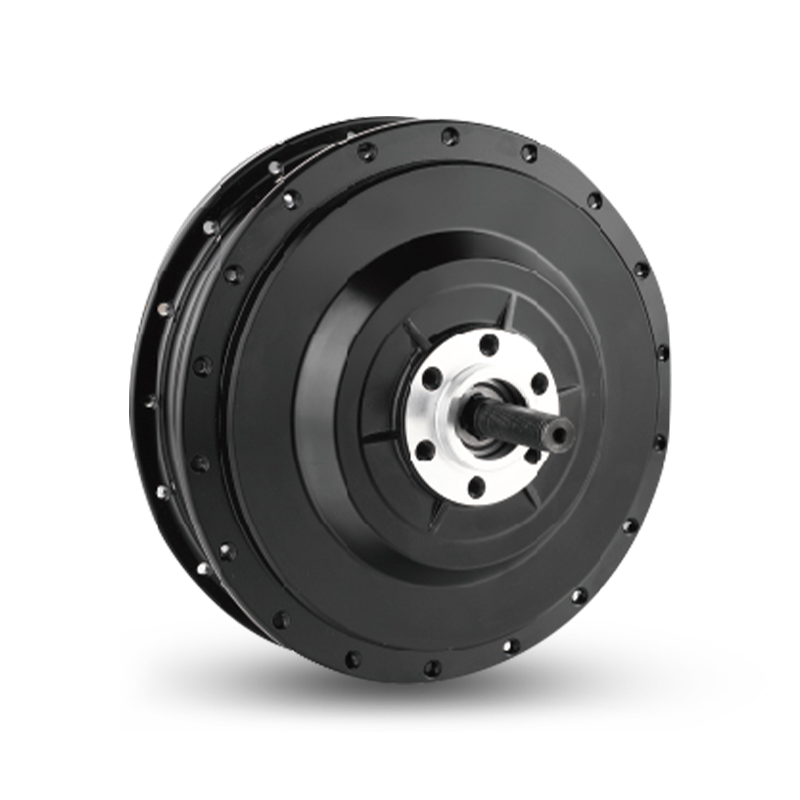 E-Type RF500 Rear Hub Motor
E-Type RF500 Rear Hub MotorThe E-Type RF500 Rear Hub Motor is designed for E-Cargo and E-MTB bikes, compati...
-
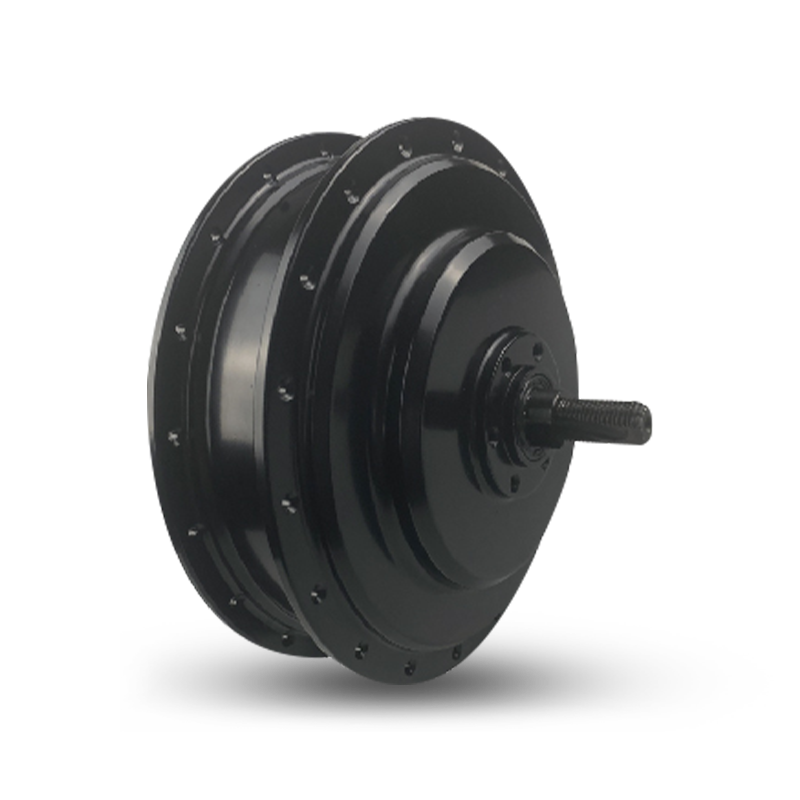 E-Type Pro RF750 Rear Hub Motor
E-Type Pro RF750 Rear Hub MotorThe E-Type Pro RF750 Rear Hub Motor is designed for E-Cargo and E-MTB bikes, com...
-
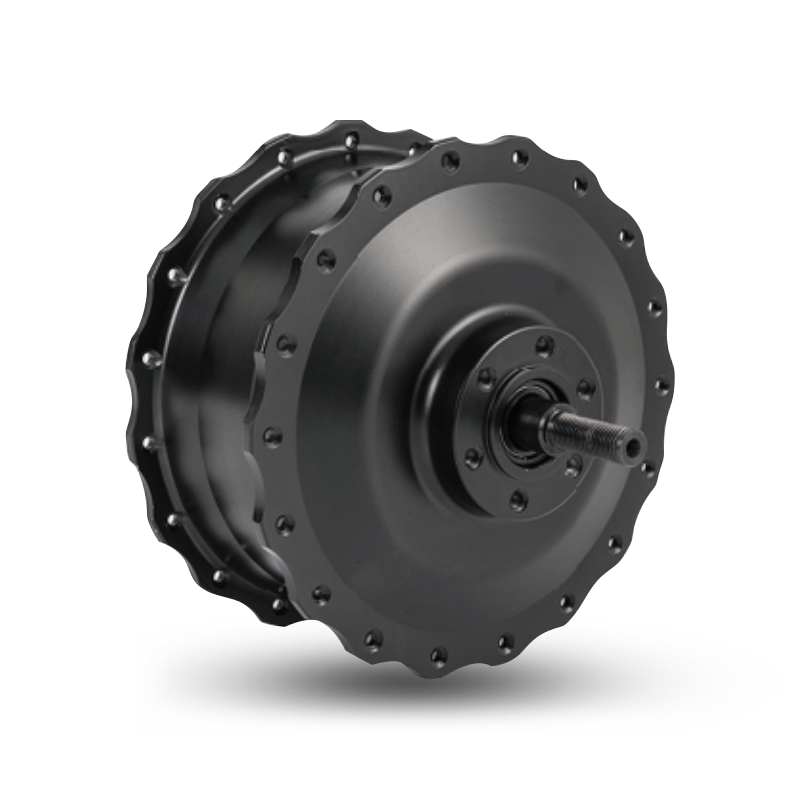 S-Type Pro F1500 Front Hub Motor
S-Type Pro F1500 Front Hub MotorThe S-Type Pro F1500 front hub motor, designed for E-Carao and E-Fat bikes, offe...
-
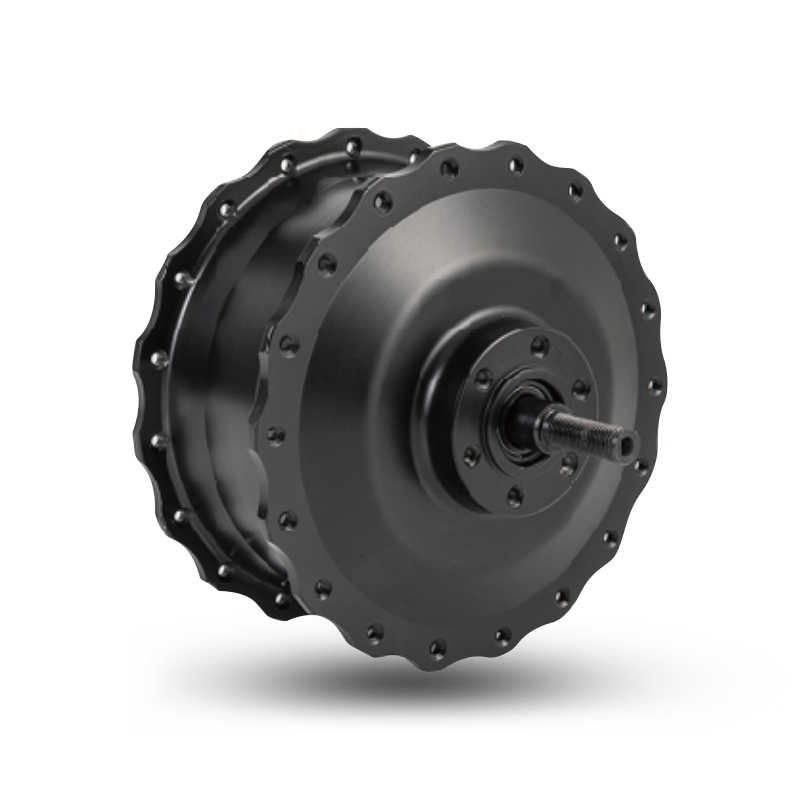 S-Type F750 Front Hub Motor
S-Type F750 Front Hub MotorS-Type F750 is designed for E-Cargo and E-Fat. The rated power ranges from 500W ...
-
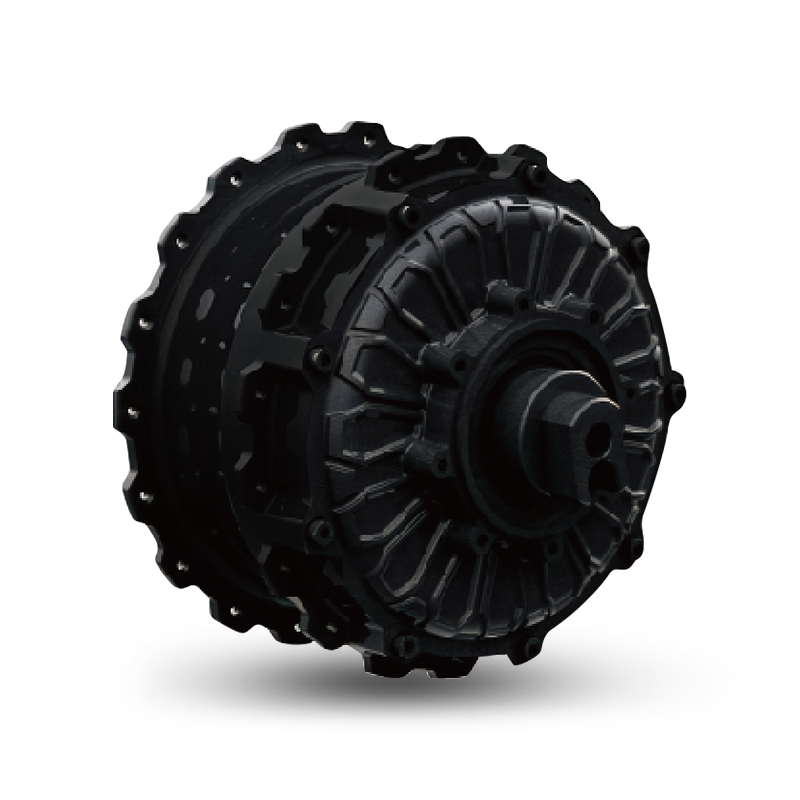 S-TYPE Max THRU AXLE Rear Hub Motor
S-TYPE Max THRU AXLE Rear Hub MotorThe S-TYPE Max thru-axle motor is designed for E-Fat, Moped, and Cargo applicati...
-
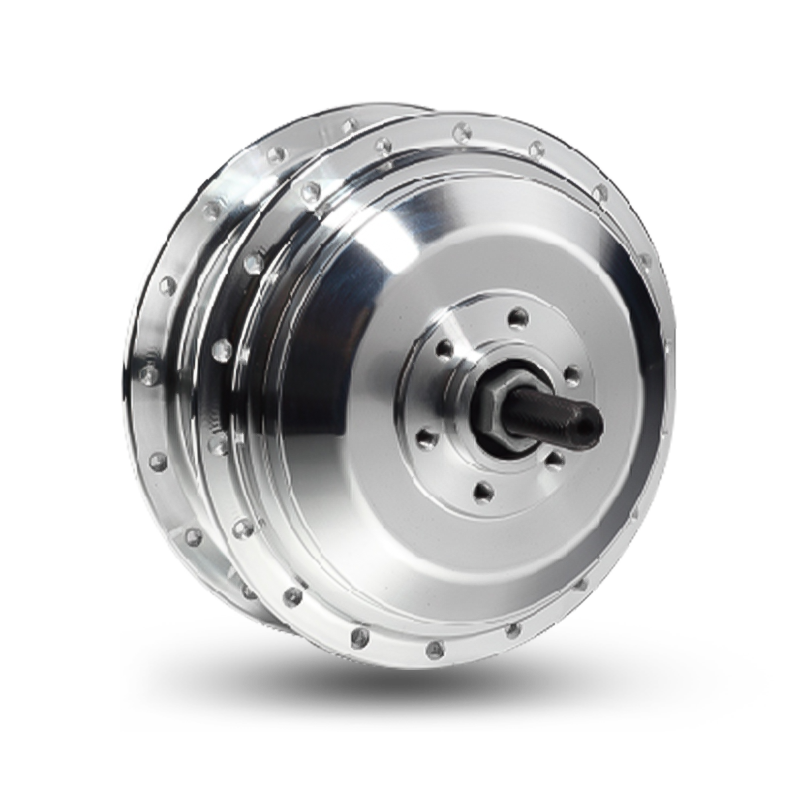 C-Type R350 Rear Hub Motor
C-Type R350 Rear Hub MotorThe C-Type R350 Rear Hub Motor, designed for city e-bikes, offers a rated power ...
If you are interested in our products, please consult us
- Address:No. 3 Dingqiao Rd, Jiangshan Town, Yinzhou District, Ningbo, Zhejiang Province, China
- Phone: +86 13806662915
- Email: K.zhang@hengtai-cn.com



 English
English 中文简体
中文简体